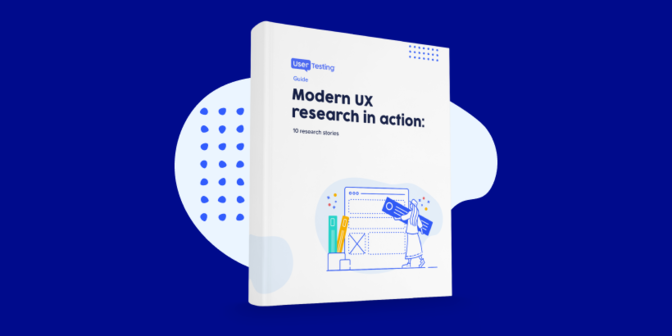
Guide
Modern UX research in action: 10 research stories
Experience your brand as your customers do
When people think of remote usability studies, they often think of testing the user experience on websites and apps. But customer journeys are more complex than visiting a website for 15 minutes or exploring a new app.
These days, professionals uncover insights about how their customers, users, or target audience interact with their brand in a matter of days or even hours. To prove it, we ran a series of unique studies to demonstrate what's possible with modern UX research.
In this free online resource, learn from:
- 10 unusual research studies from innovative products, including Fitbit, Yelp, Nest, and more
- Setting up and conducting remote UX research
- Applying different research methodologies to gain unique customer insights
This free resource is for researchers, marketers, product managers, and anyone who’s interested in the insights you can get through fast, remote UX research.
Get your guide
